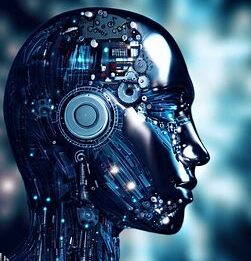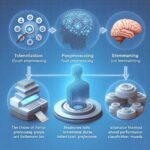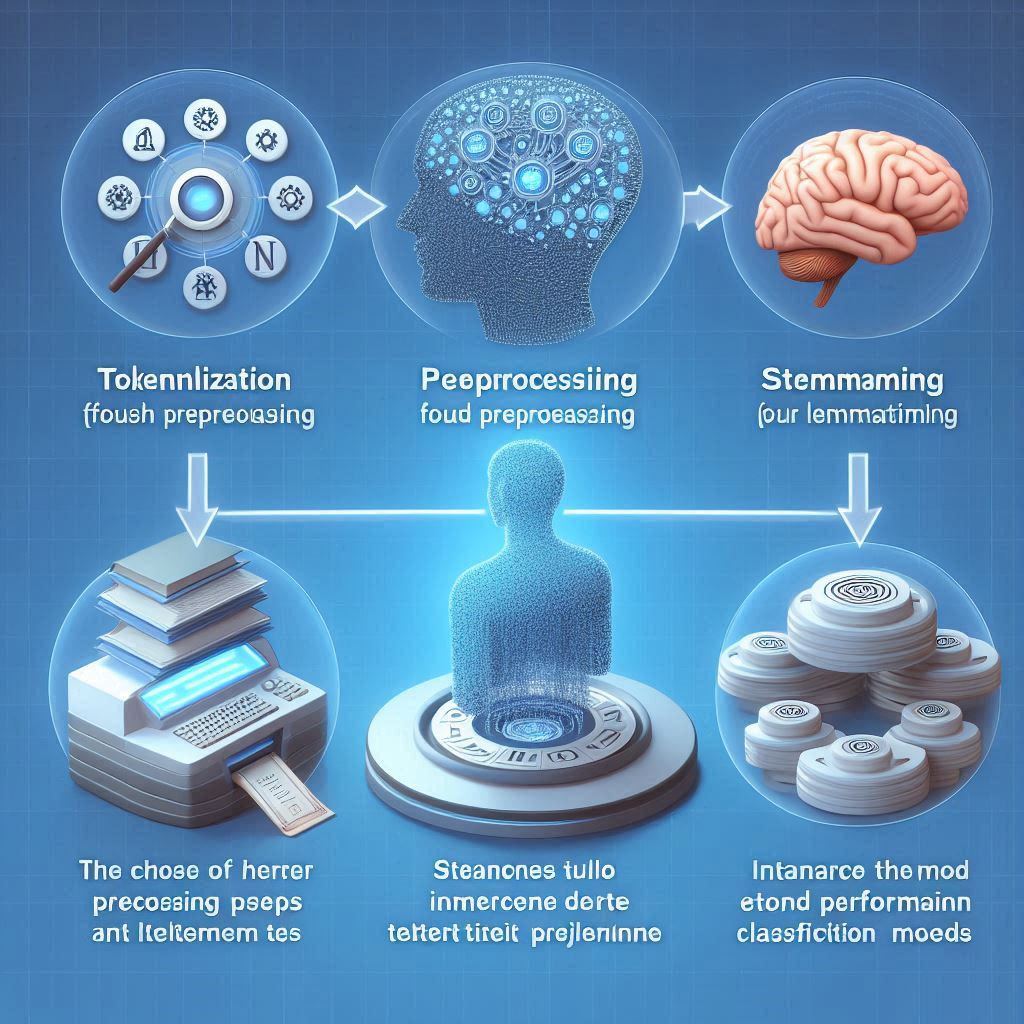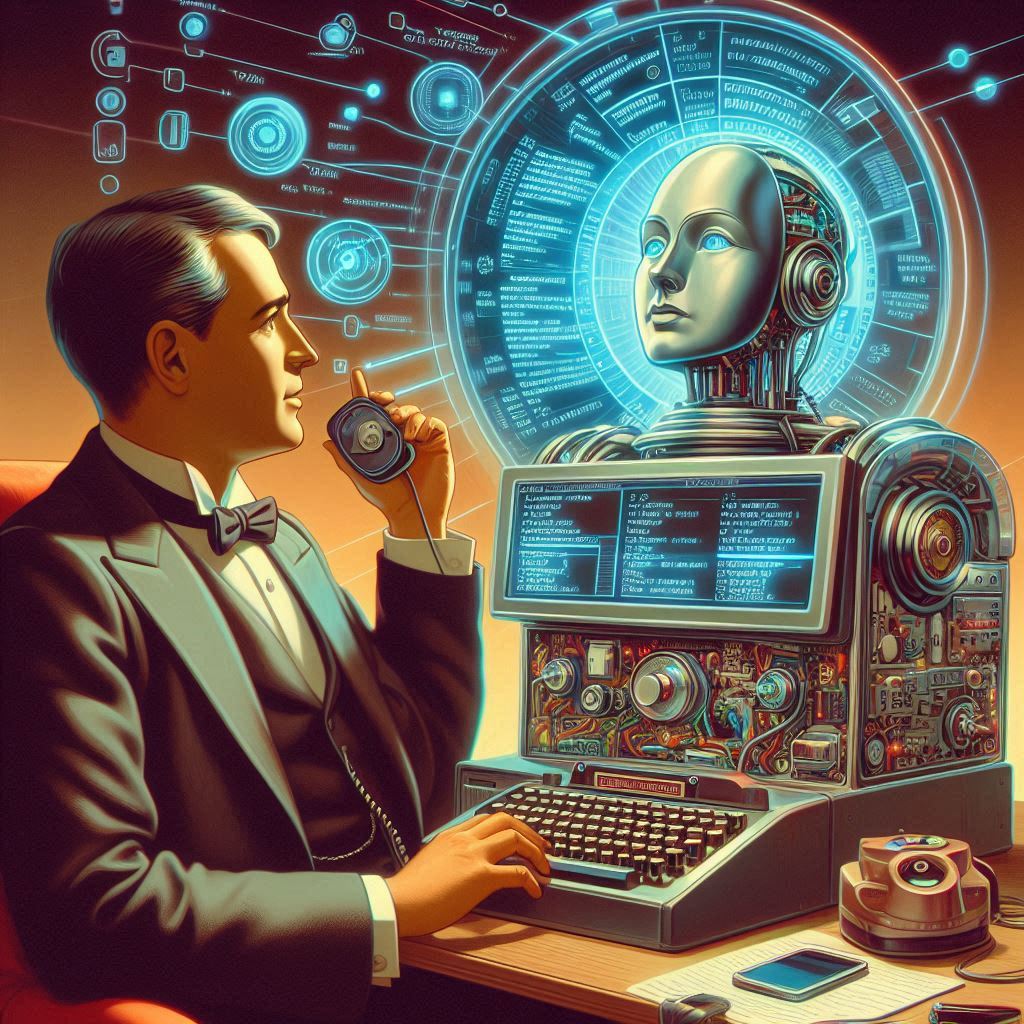What is GPT-3?
GPT-3 is a machine learning model developed by OpenAI that uses deep learning techniques to generate human-like text. It has been trained on massive amounts of data and can be used for a wide range of tasks, including language translation, question answering, and even creative writing.
What is GPT-4?
GPT-4 is the next-generation language model being developed by OpenAI. It is expected to be even more powerful and capable than GPT-3, with the ability to generate even more natural and sophisticated content.
How Do GPT-3 and GPT-4 Differ?
GPT-4 is expected to be a more powerful and capable version of GPT-3, with new features and improvements in performance. The exact details of how the two models differ are not yet known, as GPT-4 is currently in development.
How Does GPT-3 Work?
GPT-3 works by using a deep neural network to analyze and learn from vast amounts of text data. It then generates human-like text based on the patterns it has learned, using techniques like unidirectional language models and attention mechanisms.
How Does GPT-4 Work?
Like GPT-3, GPT-4 is expected to use deep learning techniques to analyze and learn from vast amounts of text data. However, it is also expected to incorporate new features and improvements that will make it even more powerful and capable than its predecessor.
GPT-3’s Performance
GPT-3 has been widely praised for its performance on a wide range of language tasks, including language translation, question answering, and even creative writing. However, it also has some limitations, which we discuss in more detail below.
GPT-4’s Performance
GPT-4 is currently in development and its performance is not yet known. However, given the success of previous GPT models, it is expected to be even more powerful and capable than GPT-3.
GPT-3’s Limitations
While GPT-3 has shown impressive performance on a wide range of language tasks, it also has some limitations. For example, it can sometimes generate biased or offensive content, and it may struggle with more complex language tasks.
GPT-4’s Limitations
As with GPT-3, the exact limitations of GPT-4 are not yet known. However,
given the significant advancements in natural language processing that have been made in recent years, it is likely that GPT-4 will be capable of generating even more realistic and coherent language than its predecessors. Despite this, there are still some limitations to be aware of.
One potential limitation of GPT-4 is that it may struggle with certain types of specialized or technical language, such as jargon used in highly specific fields. Additionally, some experts have raised concerns about the lack of interpretability of these models, as it can be difficult to understand how they arrived at certain conclusions or generated certain outputs. Finally, like any machine learning model, GPT-4 will require significant computing power and resources to operate effectively, which could limit its accessibility for smaller organizations or individuals.
GPT-3’s Advantages
One of the main advantages of GPT-3 is its ability to generate highly coherent and contextually appropriate language that can mimic the writing style of human authors. This makes it a powerful tool for natural language generation tasks such as automated summarization, content creation, and even writing complete essays or articles. Additionally, GPT-3 can be fine-tuned on specialized datasets to perform specific tasks such as translation or text classification with high accuracy.
Another advantage of GPT-3 is its sheer size and complexity, with an impressive 175 billion parameters. This allows it to process and understand a wide range of language inputs and generate high-quality outputs. Moreover, GPT-3 can be accessed through a simple API or integrated with other applications, making it accessible to a wide range of developers and organizations.
GPT-4’s Advantages
While the exact details about GPT-4’s capabilities are not yet known, it is expected to build upon the strengths of GPT-3 and push the limits of natural language generation even further. One possible area of improvement is in the understanding of context and common sense reasoning, allowing the model to generate more coherent and realistic responses even in complex and ambiguous situations.
Additionally, GPT-4 could potentially provide better support for specialized domains and technical language, making it a powerful tool for scientific and technical writing. Finally, advancements in hardware and computing power could make it possible to train GPT-4 on even larger datasets, leading to new possibilities for language generation and AI applications.
GPT-3 vs GPT-4: Conclusion
GPT-3 and GPT-4 represent significant advancements in the field of natural language processing, with the potential to revolutionize the way we generate and interact with language. While GPT-3 is already a powerful tool, GPT-4 is expected to build upon its strengths and push the limits even further. Ultimately, the choice between the two models will depend on the specific needs of the user and the task at hand. However, no matter which model is chosen, the future of natural language processing looks promising, with the potential for new applications and innovations in the years to come.












